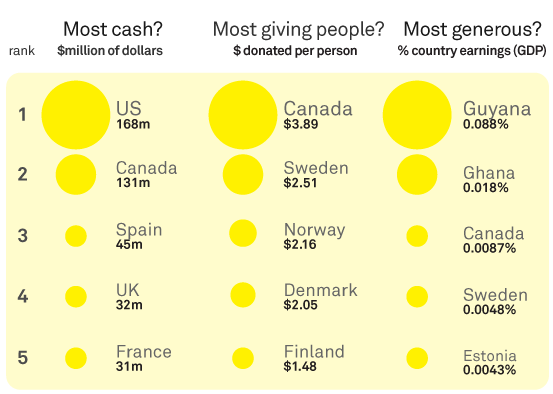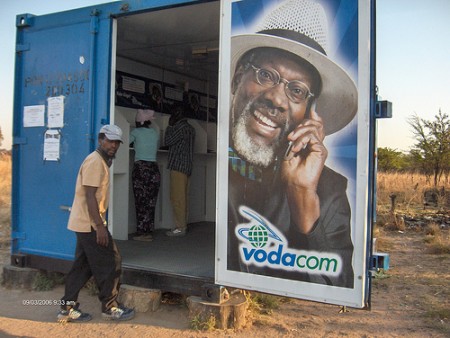
Transparency International’s latest Corruption Perceptions Index saw the ratings of many western countries drop. Scoring worst among the G20 countries, Russia’s ranking dropped to 154, its lowest ranking since the index began in 1995.
Naturally, there are limits to how useful measuring a population’s perception of how corrupt their government actually is. Transparency International’s Francois Valerian acknowledges that “a drop in ranking can often result from the exposure of corruption that had already existed for some time.”
And corruption in Russia has existed for a very long time. For millions of Russians corruption is often seen as the norm. Russian authors have explored the theme of corruption in Russia over centuries. Nikolai Gogol exposed corruption in tsarist Russia in Dead Souls and The Inspector General, while Mikhail Bulgakov satirized the greed and corruption of Stalin’s Soviet Union in Master and Margarita.
According to one Russian polling station, the Levada Center, “nearly 80 percent of Russians say that corruption is a major problem and that it is much worse than it was 10 years ago.” Recent years have seen a rise in coverage of corruption scandals in Russia. So have Russians become increasingly critical of the government’s failure to deal with the problem of lingering corruption?




